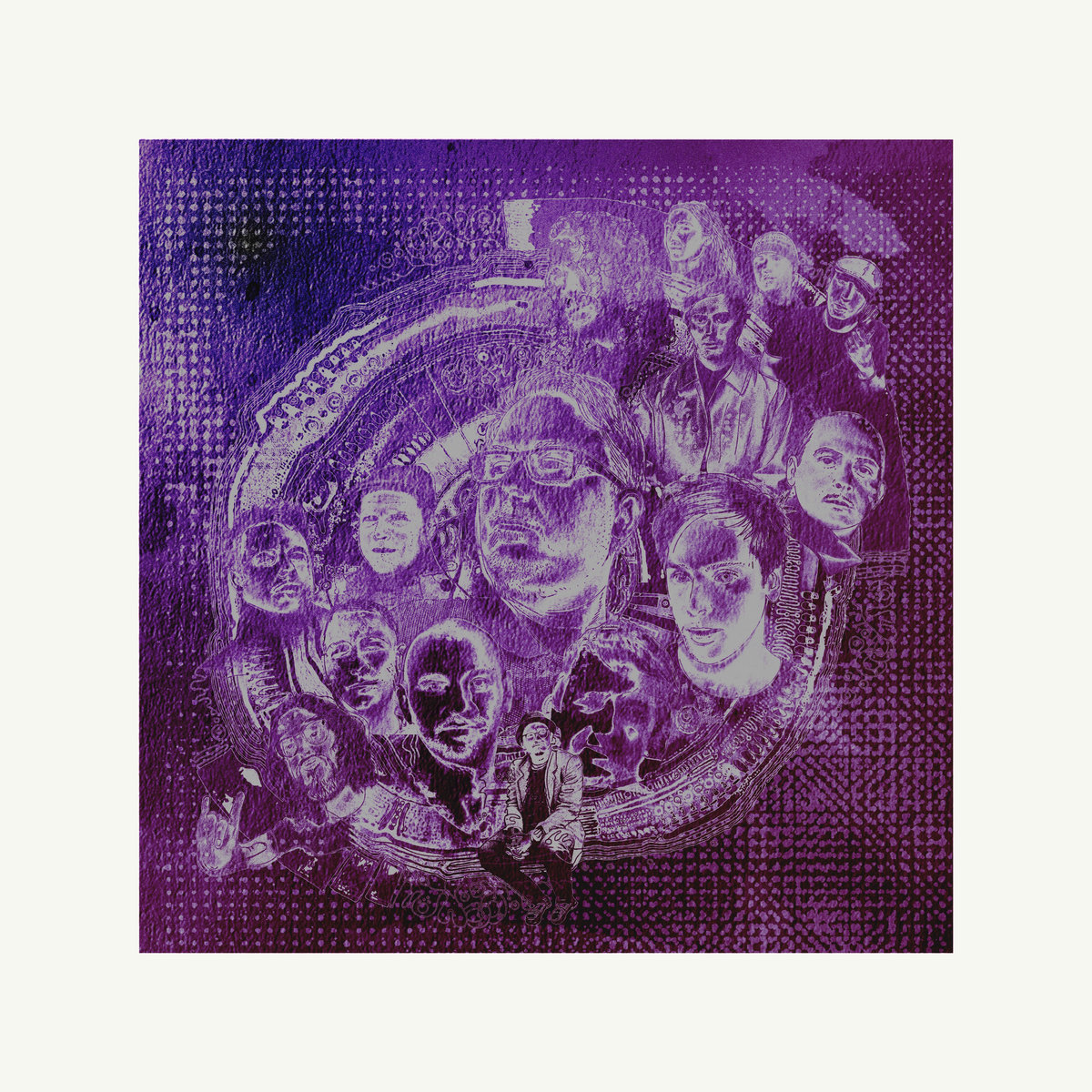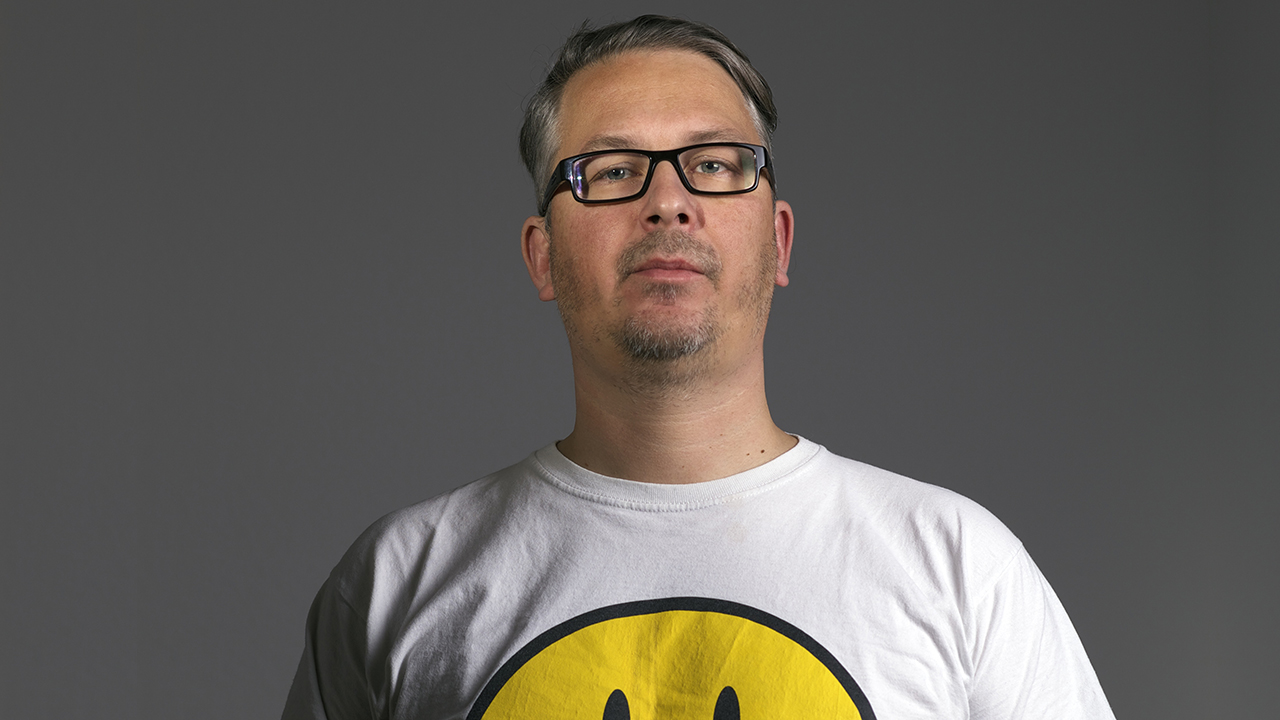
Today at 1051 Magazine we are tremendously excited to have the opportunity to chat with a complete and multifaceted artist, someone who has always made music that we love. In the same way that happens to us with his own production, it happens to us with the references of his label. We have had the excuse of the twenty-fifth anniversary of the label he founded in Turku in the spring of 1996 to have Klas-Henrik Lindblad, better known as Sasse or Freestyle Man (among many other aliases he has recorded under over the decades), on our virtual pages. And, of course, the label is Moodmusic Records.
Klas, we’re delighted to have you in our magazine, and we’d like to start by thanking you for the time you’re going to spend with us. We always like to give our readers a brief outline of who our interviewee is and some references to their origins and early musical influences. Apart from this reason, the undersigned is an absolute lover of the Nordic electronic scene, and especially the Finnish one, so I hope you will allow us to talk about that exciting time. By the way, we have seen some pictures of you flying to your country, can we find you there or are you already back in Berlin?
Thank you for taken the time to talk to me, I’m honoured to have the chance to talk to you, and answer some of the very detailed questions you have. At the moment I am back in Berlin as it’s January and my studio business starts to accelerate again towards the mid month.
Although your name is directly related to Turku, you didn’t arrive there until 1992 if we have the information correct. And correct me if I´m wrong, you were born in Pori and lived there until 1992. You had no musical training in those early years and you bought your first turntables and a mixer just before the end of the eighties. What musical memories do you have from those years? Do you remember those first records you bought, your first influences?
Yes and no, I was born actually in a city in central Finland called Tampere, my family moved to the west-coast to the city of Pori when I was in 3rd grade. In Pori I got to know a few good friends of mine who were into Indie, EBM, and early electronic music, notably the ex-bass player of the experimental rock band Circle, Maukka Päivistö, who had a radio show on our local radio station, Radio Pori. He used to play a lot of indie music, but also presented all kind of experimental music and electronic stuff like early Bleep. Another important part played Petri Kalske, who was my neighbour with whom I discovered the UK breakbeats in the end of 80s and we learnt to love BIG bass in general. Later in Turku we ran the first deep house club ‘Jus Right’ with Petri as well.
Meeting the crew who used to run ‘night parties’ in their warehouse was a big revelation for me, it was the first steps of doing raves. This must have been around -90 or so. I had some turntables so I could join the crew to dj at these ‘raves’. There used to be bands playing in the early hours and then eventually dj-music in the night, and at the end of the party we all cleaned up the place together and carried some of the passed out punks to sober up outside. Very funny times, if you now think about it.
I guess you started DJing in those days, but we have also read that it is in 1990 when you set up your first basic studio at home. How were your first sessions and where were they? Were they already the days of DJ Sasse? And what about those first tracks in that home studio?
We started these parties and slowly played a few tracks of ‘electronic music’ whatever it was back then, but eventually we got our hands on all kinds of interesting early rave stuff from Belgium and UK, notably Aphex Twin and such of course. My studio was not really a studio but a setup of turntables and a sampler, trying out ideas and slowly getting to understand how things worked. Remember back then there was no youtube to check how to mix, or how to sample stuff. It was just trial and error, quite a non-effective way of learning stuff compared to how it is today.
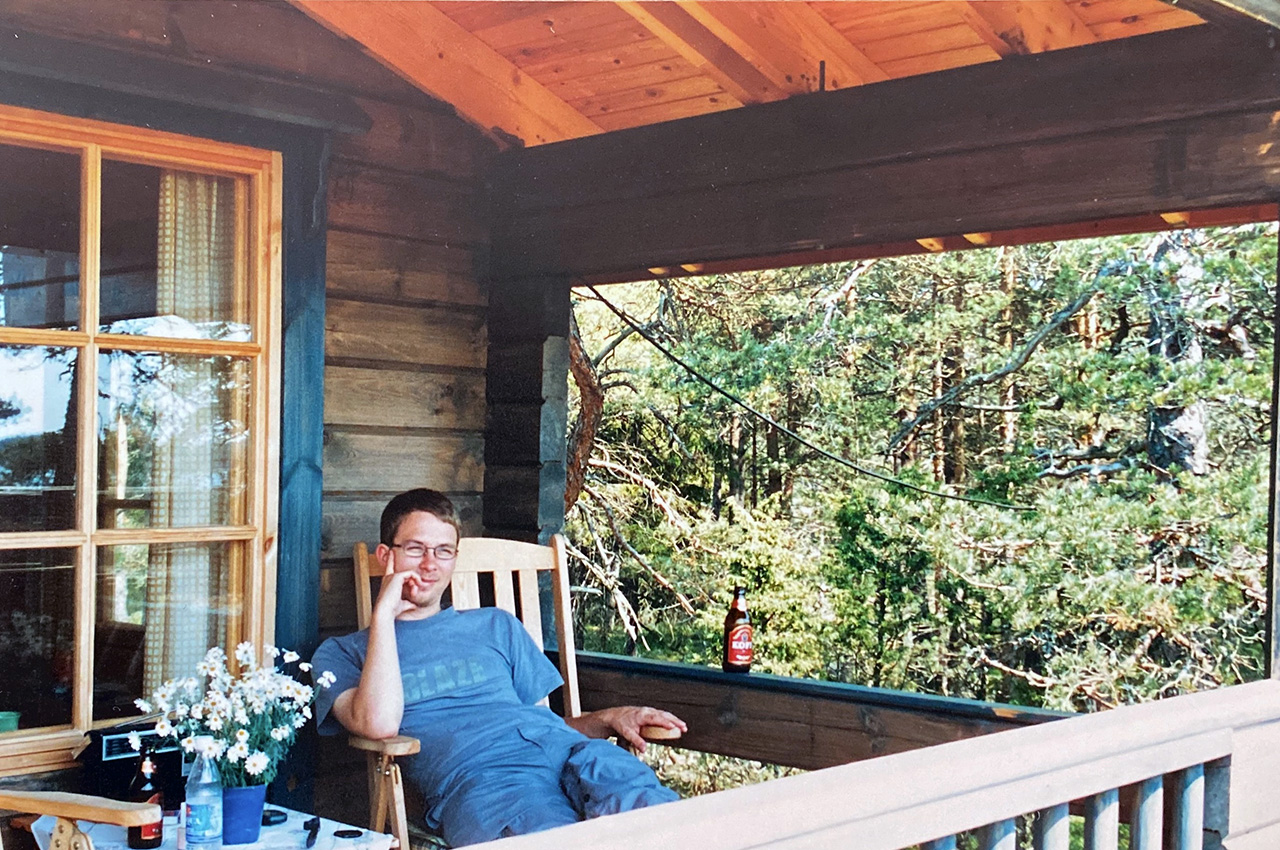
In 1992 you moved to Turku, further south and a city that had a more electronic music movement. The Finnish scene in those days was tremendous… Jimi Tenor, Pan Sonic, Jori Hulkkonen, Vladislav Delay (to talk about the most internationally known ones) What do you remember from that first period when you arrive in Turku, when you start recording for Sähkö…?
I was visiting Turku a few times before -92 as my brother was studying there and in Turku the Sähkö crew was throwing parties already on a bigger scale. So when I moved to Turku first thing was to visit a local record shop, Groovy Beat Records. There I got to know Jori Kuusinen who became one of my best friends, til today. He is the legend called George Spruce on some of my earlier productions as Freestyle Man. So soon my studies in the university changed to studies of early New Jersey and Chicago house music. Jori is a walking dictionary when it comes to early house and disco and he always had great ideas and inspirational songs to play when we produced together.
Another good friend who lent his vocals and vision to some of the music we did back then was Irwin Berg, another great character from Turku who stayed underground til this day and still throws great parties in Turku. Irwin introduces me to Hardcore Techno and Gabber and we produced a lot of weird stuff in the early 90s. There was not really so much contact with producers like Jori Hulkkonen, Jimi Tenor and Vladislav Delay as they lived in different cities. Those contacts came later when I started to play in different cities and a somewhat modest touring started.
Turku, Helsinki and Tampere form that triangle where most things happen (talking about electronic music) in the south of Finland. In those days, everything starts to take a certain speed, in the eighties there were forerunners, but as the nineties began, the Techno and Rave scene takes notoriety against other music styles prevailing so far. In those days, you start to organise the first house parties in the city, please tell us something about those changes, because it seems like a very exciting time.
Most of the parties happened in Helsinki at that early stage, but eventually we could organise some events as well, starting very small and doing irregular things, like the Jus’ Right parties for deep house. In Helsinki, as well as in Tampere there was weekly nights, but Turku was very low-key in the early 90s when it came to club nights, other than the commercial discos playing some horrible crap. It did change at some point, as electronic music got more known and there was bigger reach of some artists back then. I remember big parties in Helsinki with lots of international guests like Kevin Saunderson, Joey Beltram and such, it was quite a special time to see these artists dj back in the 90s.
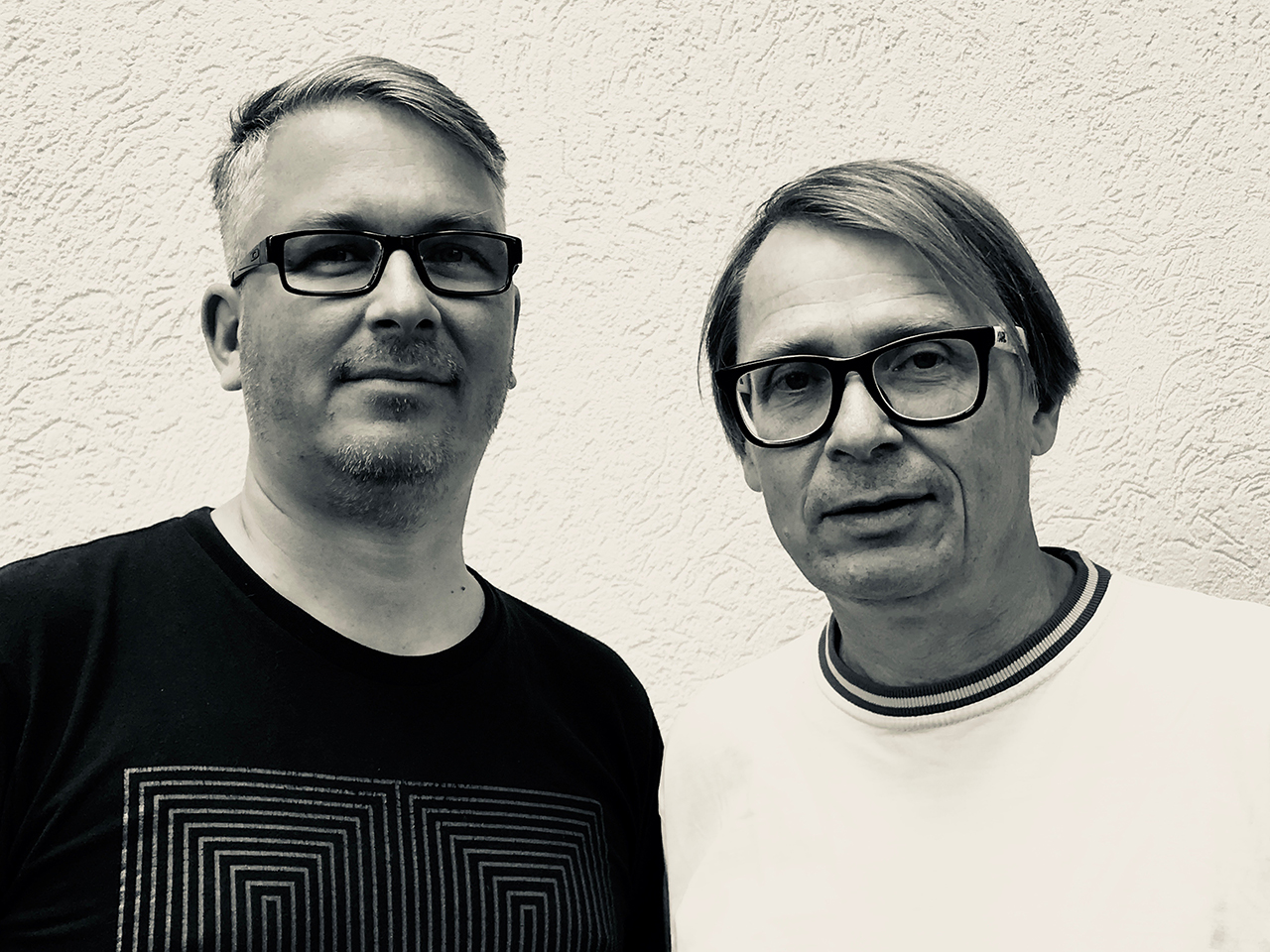
We are approaching the birth of Moodmusic, but before that, you release your first recordings on Puu, a sub-label of Sähkö Recordings, with a House flavour and jazzy garnishes. Que Domingo Inquieto, Love Story… How were those tracks born, what inspired you to make those danceable and warm tracks?
I remember we listened to the first Jimi Tenor album on Sähkö at a friends house and someone said my music would fit the label. Then one thing led to another and Tommi Grönlund listened to some music of mine. That was the birth of both Sasse and Freestyle Man as the first double 12” was called Sasse – Freestyle Man on PUU, the sub label of Sähkö. Later I did an electro EP as well on Sähkö, but much later, it must have been 1998 or so.
I used to live in this beautiful apartment in central Turku and the house had a basement, kind of a washing room from the 19th century. I rented this basement room, which was all concrete with one small window and horrendous acoustics, it sounded like a echo chamber. But it was my first studio outside home, and I loved it.
The good thing was of course it was in the same house I lived, so it was very convenient to go and get back from the studio. Those early tracks were produced there, with a sampler and a Roland MKS-7 analog synth module which is my favorite piece of gear still. I remember doing the backing track of Que Domingo Inqueto and recording it on DAT tape (early digital tape format) and listening to it the next day, knowing there is something great in it.
When Tommi heard it, he immediately played it to Jimi who then asked Severi Pyysalo to participate in an over-dub session the next month in a proper studio in Helsinki. Jimi played flute and did some background vocals and Severi played the vibraphone and everything was tracked on a 24 track analog tape machine. So without the help, ideas and contacts from Tommi and the professional approach from Jimi, this record would never had seen the day of light. The rest is somehow history and there are so many fun stories about this release. Like when I went to NYC after the release as a ‘young Finnish student’ on a normal tourist trip and found the record in the top sales charts at the legendary Dance Tracks record shop.
In the spring of 1996, with the help of Marko Laine from Mind Records (local record shop), you founded Moodmusic Records. In some interviews I’ve read that you were driven by the need to be able to release your own recordings, that you were fed up with sending your tracks to labels that never replied… although you had been able to release on the best in town (and probably in Finland) if we talk about electronic labels.
Evidently, the MOOD 001 reference was for you with your Sasse Presents… The Time Together EP. We would love to hear how it all happened twenty five years ago, how you started the label, where you recorded the tracks, how you looked for who presses the vinyls, how many were that first run and who distributed them later… in short, all those things that lead to launch a label in the mid-nineties ?.
The 2nd part of the 90s was strange, Turku was somewhat fine but the rest of Finland was getting more and more commercialised when it came to techno parties. Marko from Mind Records and me knew each other from earlier times and and we hanged around a lot. Marko then set up the record shop from home to an location near my house and I used to visit the shop regularly. We used to listen to our demos and discuss where and how they would fit this or that label. Back then you had to send a tape to labels and then fax or call them if they received it, then wait for a reaction if any. And eventually then deal with all the licensing and paperwork through fax-machines as it was way before emails and PDF documents. It was cumbersome to say the least.
So after having a bunch of releases on Sähkö it was natural to try out to release something on my own. I did not have any idea how to do it, but Marko had contacts to a few distributors in Germany and we proposed the label idea to Neuton in Frankfurt. That is how Moodmusic was born. I took care of the music and Marko did the distribution and label work. Back then I was 25 and only wanted to do music, so without Marko the label would never had been born.
I remember we had these weekly listening sessions and then slowly Mood-001 was ready. Marko called Neuton Distribution in Frankfurt and Moodmusic was born. It took ages to print the records, but I do remember we printed 1000 copies of the first ones, and I think there was some re-represses as well.
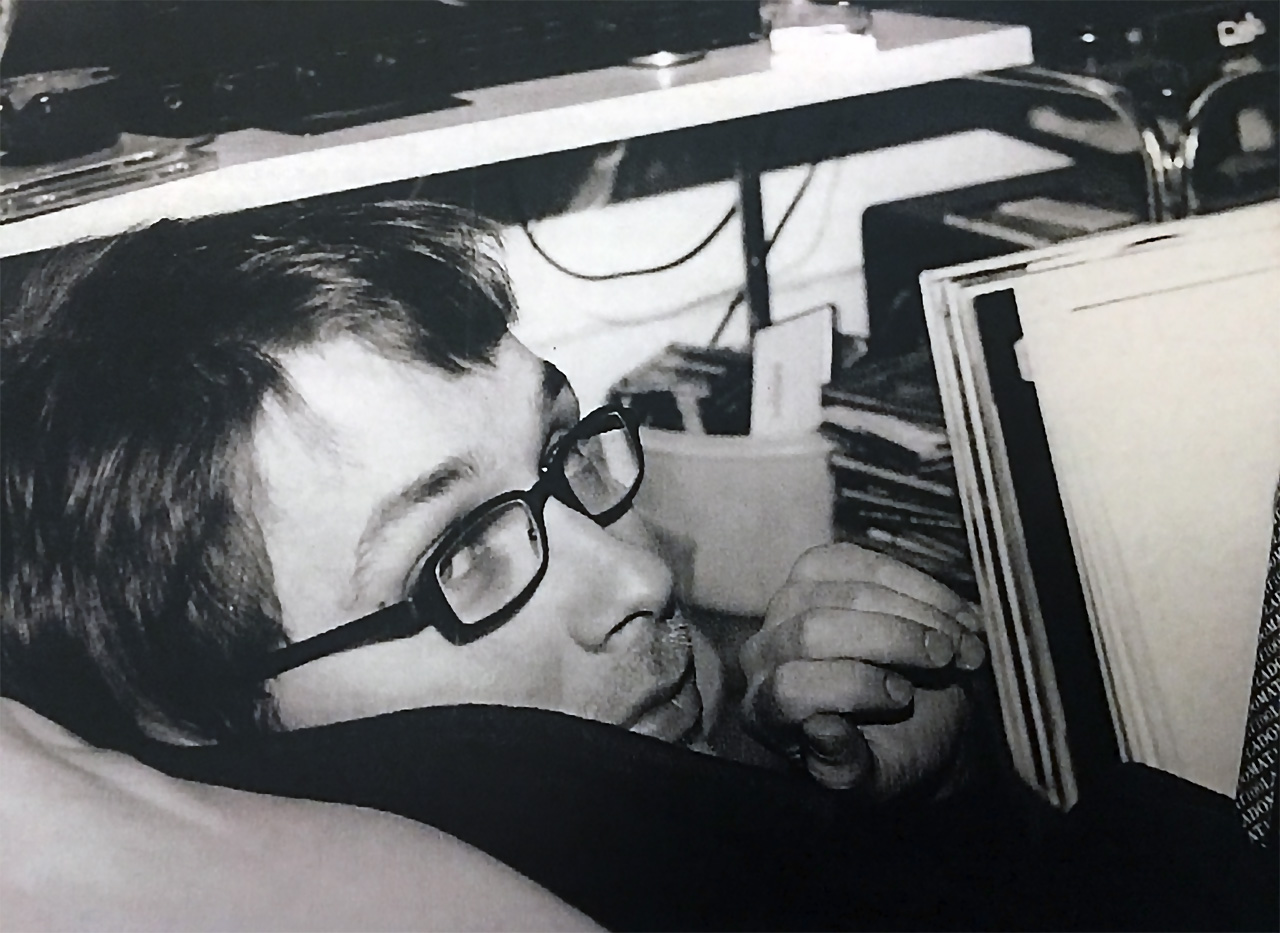
In 1999 comes the sixth reference of the label by Jani Lehto under the alias of Deep Sensuous Ensemble, where you were already in charge of the mastering (preparing for the future?). But in the same year you move to Frankfurt, where you started a residency at the prestigious club Robert Johnson.
Did you have the residency as a dj before you moved or was it later when you had that opportunity? I think you said in an interview that you lived very close to the club. Was the reason for your change of residence simply that there was more going on in Germany, more ground to explore than in your home country?
In 1999 I had already made up my mind to leave Finland and move to Frankfurt, mostly because back then it was very hard to do international gigs from Finland. Jori Hulkkonen was travelling a lot already then, and he was mostly sitting in trains trying to get to Helsinki where the international airport was. I wanted to live somewhere where travelling was easier and you were nearer to the scene. So after visiting Frankfurt it seemed like a good choice. I of course had the connection with Neuton Distribution, Corrado Izzo from i220 Music and Ata from Playhouse who all helped me feel like home in Frankfurt.
Ata gave me the residency the month I arrived at the newly opened Robert Johnson club, and Corrado and his company pressed up the Mood releases, while Neuton sold them. It was quite a nice small round of people who I trusted and felt at home with back then.
Regarding Deep Sensuous Ensemble I had met this very young producer called Jani Lehto in Turku in early 90s, and I tried to help him to produce and mix his own productions. Mood-006 from Jani was a special case at it was the first time we had guest musicians on the catalogue, and Jani did a great job on that record. So I think my part in that record was more the label manager & A&R kinda executive role.
Undoubtedly, the activity in Moodmusic increased exponentially. In the following five – six years almost thirty new releases arrived. What do you think were the key factors for this take-off after your move to Frankfurt? How did logistical factors such as recording, mastering, pressing, distribution… change?
I think in Frankfurt I just found a home for the music, as well as personally of course as I met my wife Alex there as well who worked at Robert Johnson at that time. First at the door of the club, and then eventually doing the booking. Those early years was very productive, but we did nothing else than produce music, dj and partied. I got lucky with having a great team of people around me and met such great talent those years where I learned so much. If you look at the time of 1999-2000, we produced a lot of music in the studio of Marco Carola and Corrado Izzo. Marco was already back then a killer dj, but even a more amazing producer. So the way we worked together helped me tremendously to build my later career as producer, as well as a mix- and eventually mastering engineer.
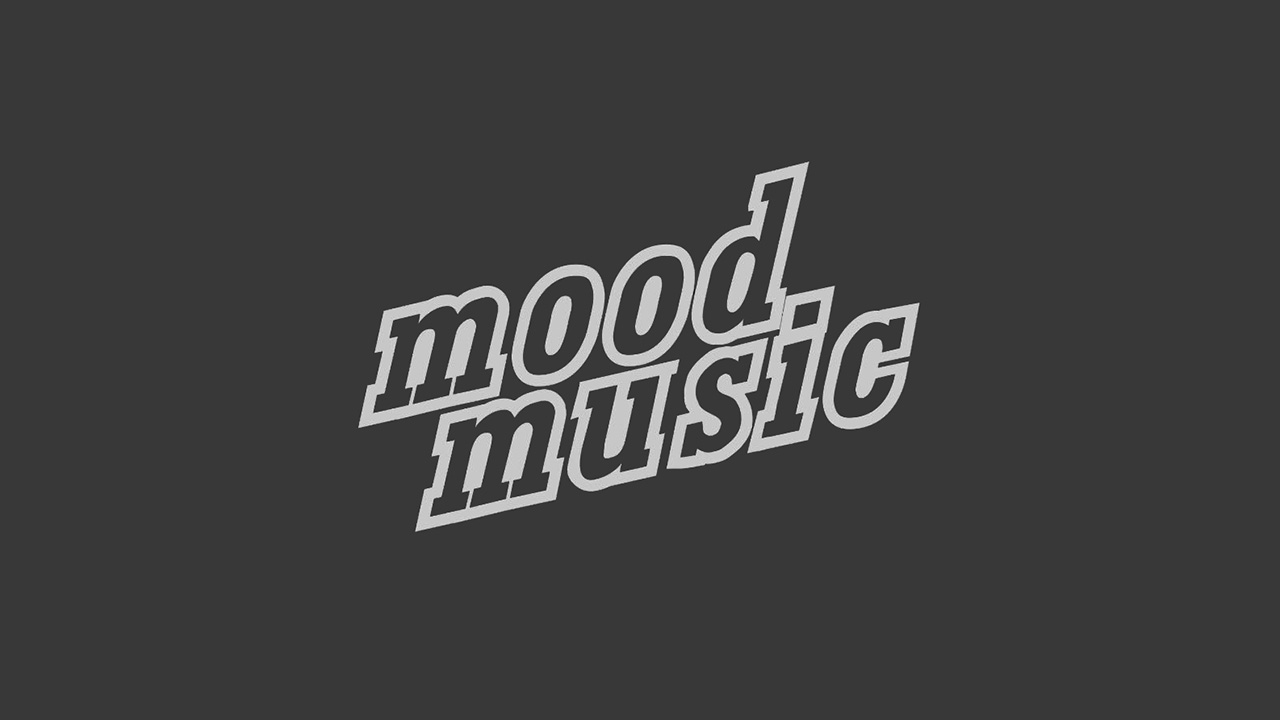
From Frankfurt to Berlin in 2004, and a year later Blackhead Studios, your other passion, was opened. Obviously, there was a much bigger scene in Berlin than in Frankfurt, again a similar question to a previous one… Is the idea of creating Blackhead Studios one of the main reasons for your move to the capital?
Somewhat interesting to discuss this as I never think about logical steps to build up career or business, things happen for a reason when you believe in an idea. Back in 2004 I had mastered the label business and was producing a lot of music, myself solo, as well a collaborations with lots of people like DJ T. and Holmar Filipsson who was my anchor in NYC for those early 00-years. I think Blackhead Studios was just a name at first, then it moved to be my main interest, and eventually my main business now.
– Is the birth of Blackhead partly a logical evolution to facilitate the growth of Moodmusic? Was the Beat The Street created by DJ T and you the first label release to be recorded at Blackhead? That 12″ was reference number thirty… since then, almost 200 more have arrived if we’re not mistaken. What’s the latest release and what’s its catalogue number?
Actually the first production done in the early Blackhead Studios was Soul Sounds single, but I guess the DJ T collaboration came out before indeed. After that we released a lot of 12” and digital releases and now we are at catalogue number 225 with our Moodmusic 25 Years series.
The Moodmusic catalogue contains an enviable cast of artists, where quality and originality always come before commerciality. From the outside, it gives the impression that you have always preferred to put on the market things that you have liked rather than looking for financial gain. That sometimes the balance is complicated, because you have to sell to make a living and to be able to maintain a label for twenty-five years… Are we right?
Haha, this is so right. Musically I never looked at something from a business side of view, how can you be true to yourself as an artist if you just sell your ass 😉 15 Years ago we had the possibility to be still make a living with a label, and everything what is involved with that. But nowadays it’s either commercialised or you have to be a super star. I rather stay lowkey and enjoy my music exactly how I like it.
Let’s talk about this cast of artists. Apart from your thousand and one identities and your huge production (sometimes I think you are the Finnish Prince ? I don’t know if you have a figure of the ep’s and albums you have recorded and released…), there are so many interesting names… Jepe, Frankey & Sandrino, Luomo, Nick Chacona, Henrik Schwarz, Martin Eyerer, Dave DK, Chopstick & Johnjon… How did you make those contacts and attract them to the label?
Most of my signings comes from friendships, through music or normal life. You meet someone and then you start talking music or tech and one thing leads to another. Most of the time the friends are for life, so I think music got each other together but you appreciate a certain type of person as well.
When you opened Blackhead Studios, I imagine that you would reach a point where you would need support to be able to carry out all that work… DJing, producing, the work in the studio, on the label… Who helped you in those moments of take-off? And nowadays, who´s helping you on the label?
Actually I try to organise my time so that I can do most of the work myself. I mean, long before the pandemic I was minimising my touring due to the studio work so there is plenty of time for other activities. And I have great engineers who work with me at Blackhead Studios, so we can split the workload easily. Jan-Eric Scholz is doing lots of production and mixing, and Alberto Pretto is mastering lots of his own clients, as well as Blackhead clients. So it works well balanced, we find a way how things work the best for all of us.
For production I need to take more time in 2022, I also have an urge again to write music again. As in 2021 I was busy launching the Freestyle Man Records imprint with my old music from the 90s which we transferred from DAT and mastered to todays standards. It’s great to see this unreleased music sit next to lots of modern productions in the Spotify Lo-Fi House playlist for example. These kind of things pushes me forward.
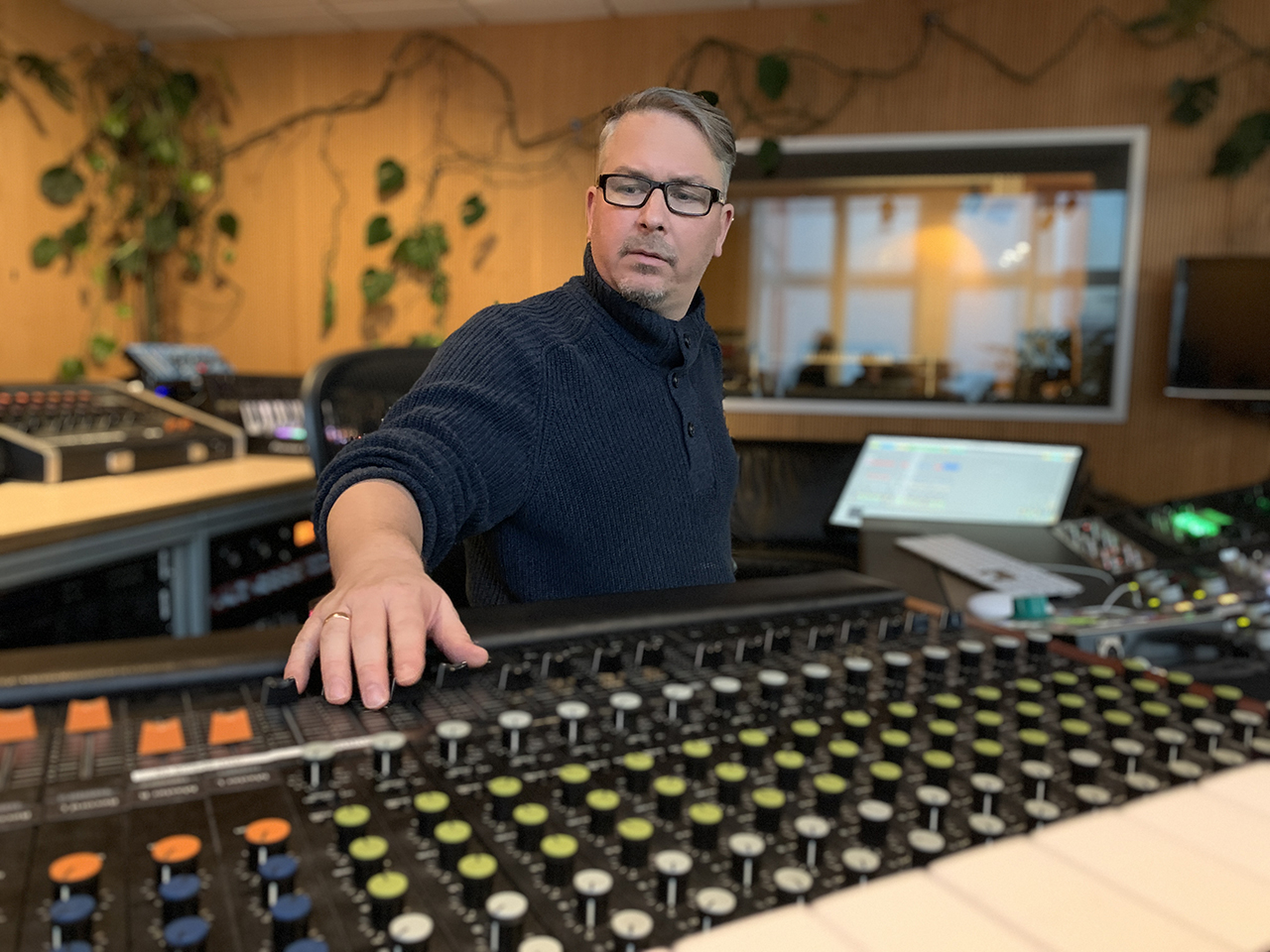
From the point of view that these twenty-five years of Moodmusic… What do you think was the moment that meant a fundamental change in the history of the label, the one that helped it take off?
There has been a few of these key-moments I believe. First was the move to Frankfurt where we made the label output constant and planned more carefully what to do and how to do it.
2ndly there was the move to Berlin and the early years being resident at Panorama Bar which pushed my music even more, We had a crazy time in 2004-2006 with the label, vinyl was selling like cup-cakes and anywhere I went djing, people had our vinyl in the shops and record-bags.
This was quite mind-blowing at that time, I think I did not realise it before much later how amazing the time before social media was for djs like me. You were kind-of anonymous and there was little stress to be front-page on everything you do. There was a certain appreciation of your selection, knowledge of music and djing in general. I feel today lots of other aspects are more important for the fans, as well as the djs.
We would also love to hear some anecdotes that you remember in a special way during these years, a recording, a release, a situation?
There is a funny story about an opening set at Panorama Bar – I usually started to play very slow at midnight when people were just coming to the club. Well, for some reason (maybe i was tired or sleepless from the night before) I kept the tempo fairly slow around 90-100bpm.
The crowd started to move nicely to it, so I did not feel a need to nudge the BPM up. So 4 o’clock comes and the next dj looks at the crowd going crazy, I mean P-bar crazy, to a set of 100bpm italo-slow-disco-house-whatever set. The next dj had some issues pitching up his set because back then the normal house dj in Berlin usually started around 125bpm and went upwards. That was a really memorable moment in Berlin.
We also had a few back-2-back sets with my good friend Ewan Pearson where we kept this slo-mo vibe going, starting nights and keeping the groove well under 115 and people enjoying it so well. There is always time to pump it later in the night, and so I would do playing a peak-hour set. But there is something special about these opening slots and how you can control the vibe of the people and the night.
Let’s talk about the future. We could almost say that you have the circle closed… recording studio, label(s), promotion agency… anything else in the restless mind of Klas-Henrik Lindblad?
I wish there would not be, but as I know myself I probably have some projects in the back of my head which needs to be processed and executed. On a musical tip, we just finished mastering some hardcore and gabber tracks of mine which I produced with Irwin Berg in the mid 90s and the EP will come out on vinyl in the spring of 2022.
This year, we also start repressing Moodmusic back catalogue through DBH Music in Offenbach. I know Robert Drewek from the industry and and as he asked me to re-issue the first releases I felt so happy there is still demand for these releases. So the first re-issue will be my own Jersey EP remastered on 12-inch vinyl, just like it came out in 1997.
There is also an electro EP on vinyl coming from the same sessions with Irwin Berg which I’m really proud of, and it’s nice to see this music finally see the day of light. The label is called Minimum Success and is run by Jori and Irwin, so I’m really excited about it.
Another big dream of mine came through when we started Electric Appliances label with my friends Antti Pussinen and Jan-Eric Scholz (from Blackhead Studios). We concentrate on all kind of electronic music , from electro to break beats and IDM. It’s been really refreshing to produce more electro again, and to work with the great talent we have on the label. It’s a family thing so to say.
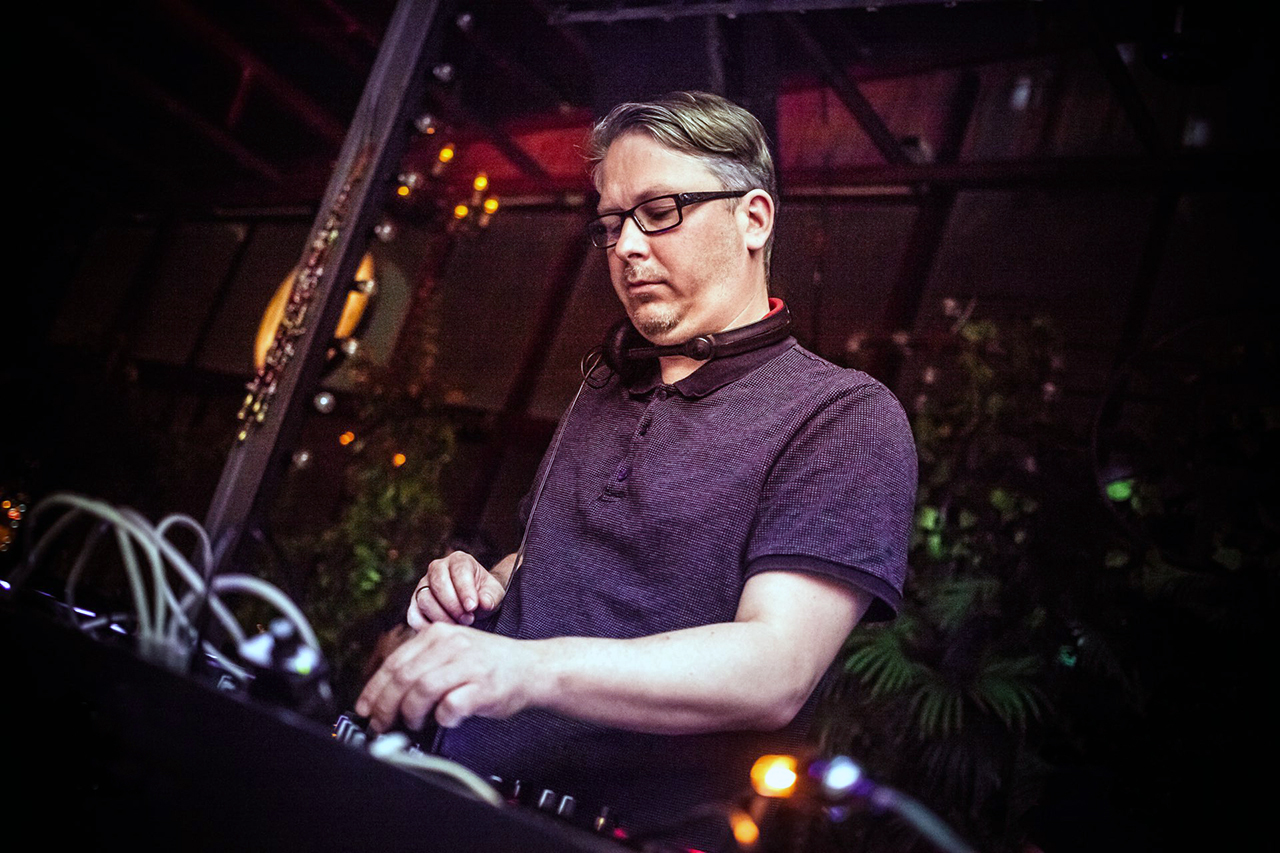
We see that, if we talk about Sasse as a DJ, your activity is scarcer. One of your next appearances will be at Surreal, that new mega club that has opened in Brazil. Do you choose much more selectively? Are you more focused on the work at Blackhead Studios?
This is pretty simple, I am coming to the age where travelling around the world is not anymore a luxury, but just boring and by todays standards also questionable towards the planet. Then again, if the pandemic allows, I am very happy to join Henrik Schwarz for the opening of Surreal in Brazil. But first and foremost I am running a studio and I have a responsibility towards my clients and my family, so the djing aspect is not on my priority list anymore. I did it and saw a lot of the world, I am thankful. But heading to the airport every weekend and doing snapshots on socials ? No, thank you.
Probably, we could be asking you and talking to you about music and everything that surrounds it for hours on end, but we don’t want to take up any more of your time. It’s always a pleasure to be able to talk to interesting artists, but this time it’s even more of a pleasure. Thank you very much for your time, Klas.
Thank you for the extensive and interesting questions, it has been a total trip down the memory lane and I’ve enjoyed speaking about these special times. Although I do like the past, the future is the place to be. So watch this place, new music and projects are coming your way . Thank You!
You can dive into Moodmusic Records’ tremendous catalogue here. Twenty-five years of a piece of electronic music history.
And also, we´ve got more exclusive news for you, the pre order link for the Moodmusic 25th Anniversary album (release date, February 11th) compiling the four Ep´s released lately plus two extra tracks!!
